The Best Books to Get You Through a Messy Divorce
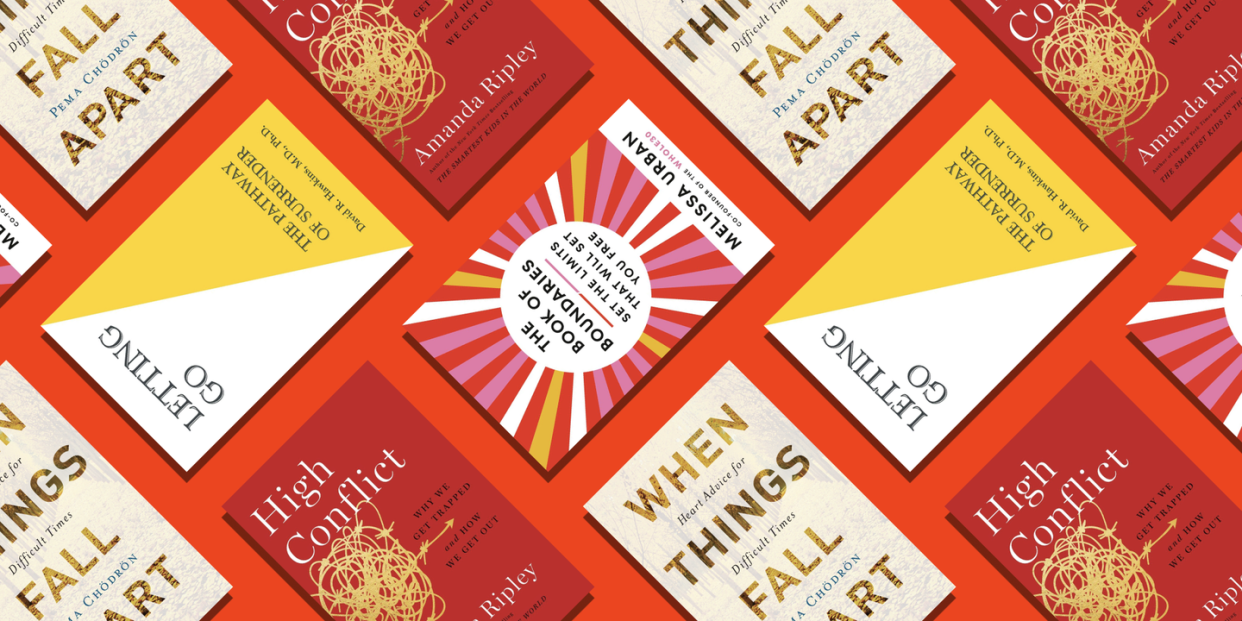
- Oops!Something went wrong.Please try again later.
"Hearst Magazines and Yahoo may earn commission or revenue on some items through these links."
The author of On Our Best Behavior shares stories that can help you—or a friend—through the all complicated, deep-down-and-ugly feelings.
You Could Make This Place Beautiful, by Maggie Smith
Maggie Smith is best known as a poet, so it’s understandable that her memoir reads more like a poem—in fact, she breaks the traditional format, telling the story of her divorce in chunks of time, coming back to the same questions again and again as she moves farther away from her relationship’s unraveling. Quite simply, it’s a beautiful book, and a stunning exploration of what it means to have multiple identities—poet, mother, wife—that, to her husband at least, seemed to compete in unacceptable ways. As Smith writes, “I’m trying to tell you the truth here, so let me go back: I said it was enough to be a mother. No, I said it was enough to be known as a mother. To be mostly invisible. But was it enough for me to know I was a poet? Is it ever enough if our inner lives, and our lives aside from being parents, are just that—inner lives, lives aside? Hidden pictures? I wonder: How will my children feel if they think that being seen as a mother wasn’t enough for me? What will they think of me, knowing I wanted a full life—a life with them and a life in words, too? I’m dog-earing a realization in my mind now: I don’t think fathers are asking themselves these questions. Fathers don’t feel guilty for wanting an identity apart from their children, because the expectation is that they have lives outside of the home.” Even if you can’t relate to the dissolution of her marriage, there is so much to love about Maggie Smith’s memoir. After all, even its epigraph, a line from Emily Dickinson, implores us all to keep together: “I am out with lanterns, looking for myself.” Aren’t we all.
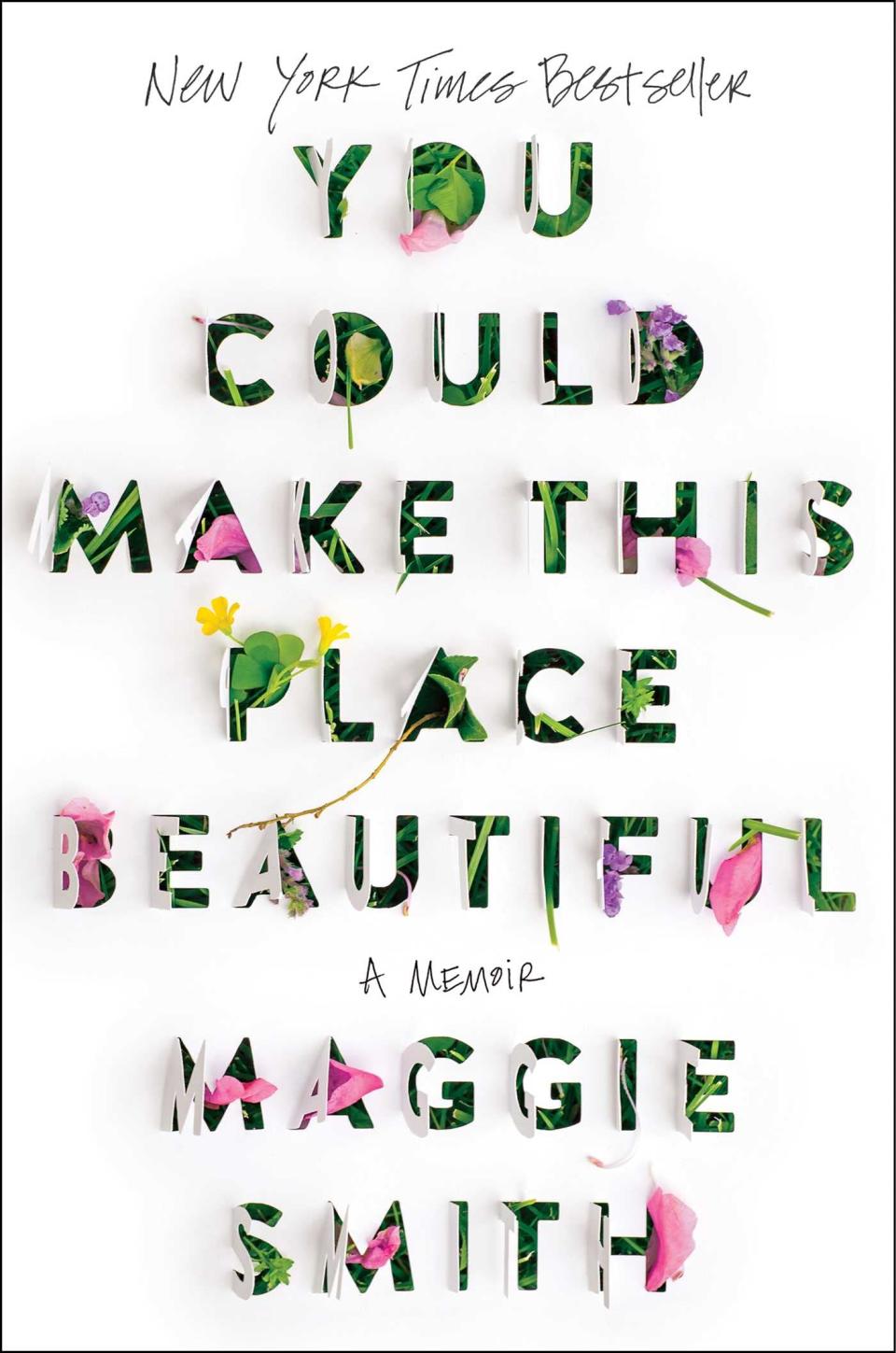
You Could Make This Place Beautiful, by Maggie Smith
$22.49
amazon.com
AmazonThe Book of Boundaries, by Melissa Urban
Boundaries within a marriage are always porous—so what happens when you find yourself outside of one, and yet still entwined as family, permanently stitched together because of the kids? Add to this flammable mix new relationships and old angers and you find yourself with a complicated, emotional dance. Melissa Urban, founder of Whole30, is divorced and coparenting (and now remarried) and devotes a significant section of her boundary Bible to navigating these tricky types of relationships, including who those you share blood with and those you do not. After all, these are rarely examples of opportunities where you can fully walk away—ideally, peace and civility can be maintained. She not only provides concrete advice and tips but also includes actual scripts to help you navigate in real time.
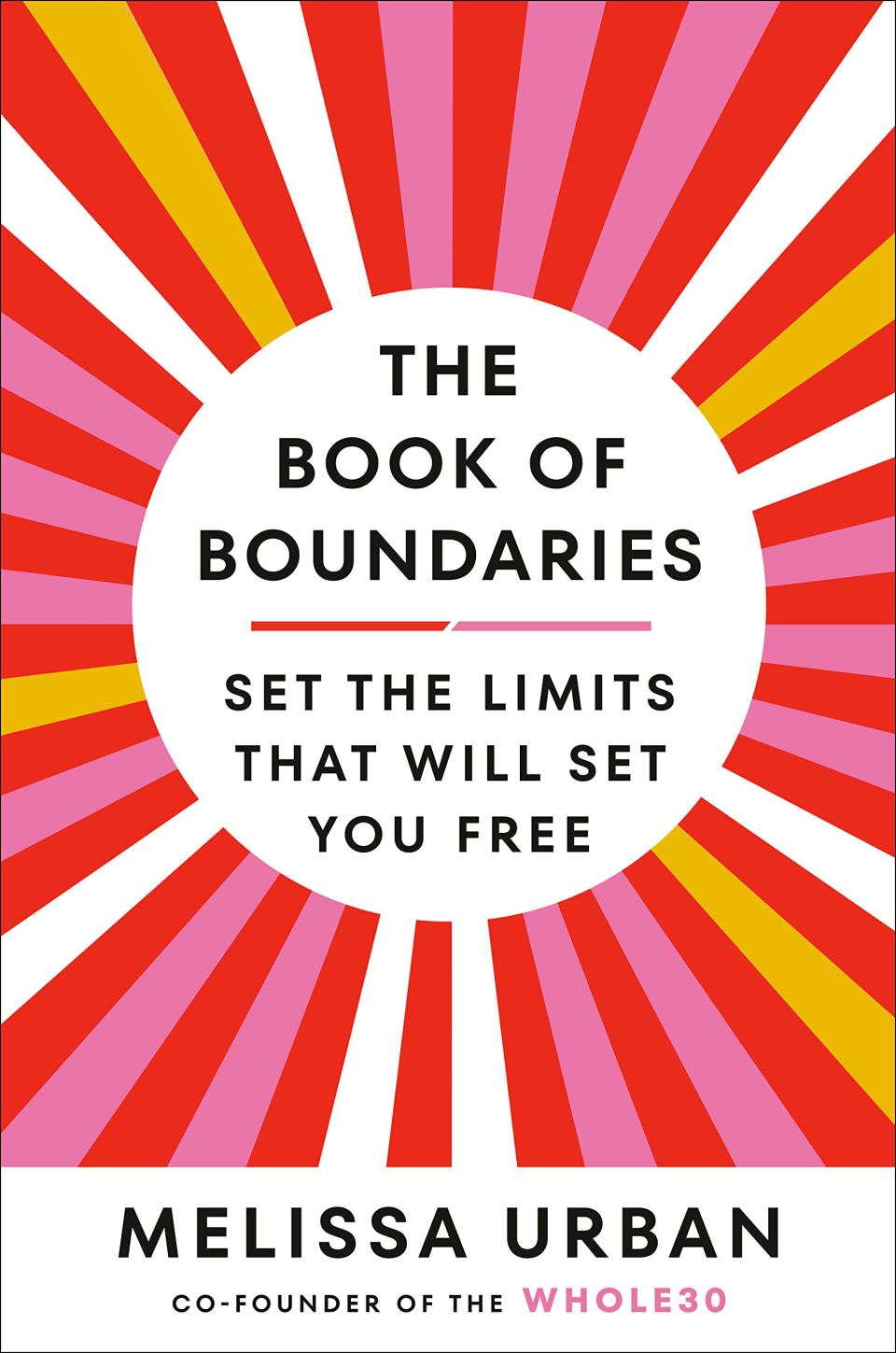
The Book of Boundaries, by Melissa Urban
$18.89
amazon.com
AmazonSpiritual Divorce, by Debbie Ford
In this classic, Ford powerfully answers that the loss of relationship might ultimately be an invitation to get bigger—so long as we’re willing to accept the lessons. She structures the book according to Seven Spiritual Laws: 1. The Law of Acceptance (everything is as it should be); 2. The Law of Surrender (when we stop resisting, things begin to change); 3. The Law of Divine Guidance (the divine will do for you what you can’t do for yourself); 4. The Law of Responsibility (we can and must look at how we co-created our divorce); 5. The Law of Choice (having looked at the reality, we can choose new interpretations that are more empowering); 6. The Law of Forgiveness (we can cut the karmic cord, and ask for forgiveness); and finally, 7. The Law of Creation (once we follow these steps, we can bring something new into our lives). As Ford explains, when we stop fighting what’s happening and begin to work with it instead, healing can begin and new opportunities emerge—obviously this takes time, and a fair amount of faith. As she writes, “By stepping outside our personal expectations and judgments about how our lives should look, we gain access to the many possibilities that exist for us in the Universe. It’s only when we get in our own way, when we are trying to decide all on our own what is right and what is wrong, that we stop the natural flow of our personal evolution.”
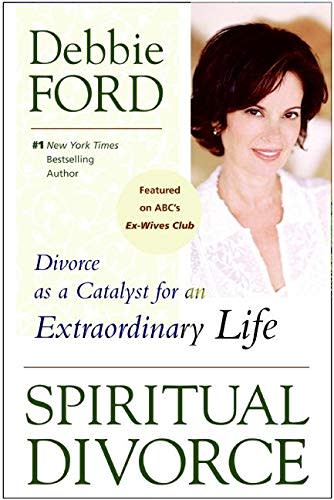
Spiritual Divorce, by Debbie Ford
$11.19
amazon.com
AmazonLetting Go, by David R. Hawkins
As the title suggests, this much-loved tome from the late David Hawkins is focused on the energy of letting go. While its wisdom applies to relationships, this book is helpful in all aspects of life, urging us to examine situations for the truth of what they are, and to stop suppressing and repressing our unwanted emotions. As he writes, “It means simply to let the feeling be there and to focus on letting out the energy behind it. The first step is to allow yourself to have the feeling without resisting it, venting it, fearing it, condemning it, or moralizing about it. It means to drop judgment and to see that it is just a feeling. The technique is to be with the feeling and surrender all efforts to modify it in any way. Let go of wanting to resist the feeling. It is resistance that keeps the feeling going.” This isn’t a short book, and throughout he addresses a vast range of emotions, including grief, shame, and anger—all familiar to anyone who is struggling with the devastation and destruction of a relationship. The first step, Hawkins suggests, is taking a certain amount of responsibility—for your own emotions, at least. And that means grappling with blame. As he writes, “One of the biggest blocks to overcome in getting out of depression and apathy is that of blame. Blame is a whole subject in itself. Looking into it is rewarding. To begin with, there are a lot of payoffs to blame. We get to be innocent; we get to enjoy self-pity; we get to be the martyr and the victim; and we get to be the recipients of sympathy.” Letting go of blame is the initial step toward healing. And it might be the hardest step of them all.
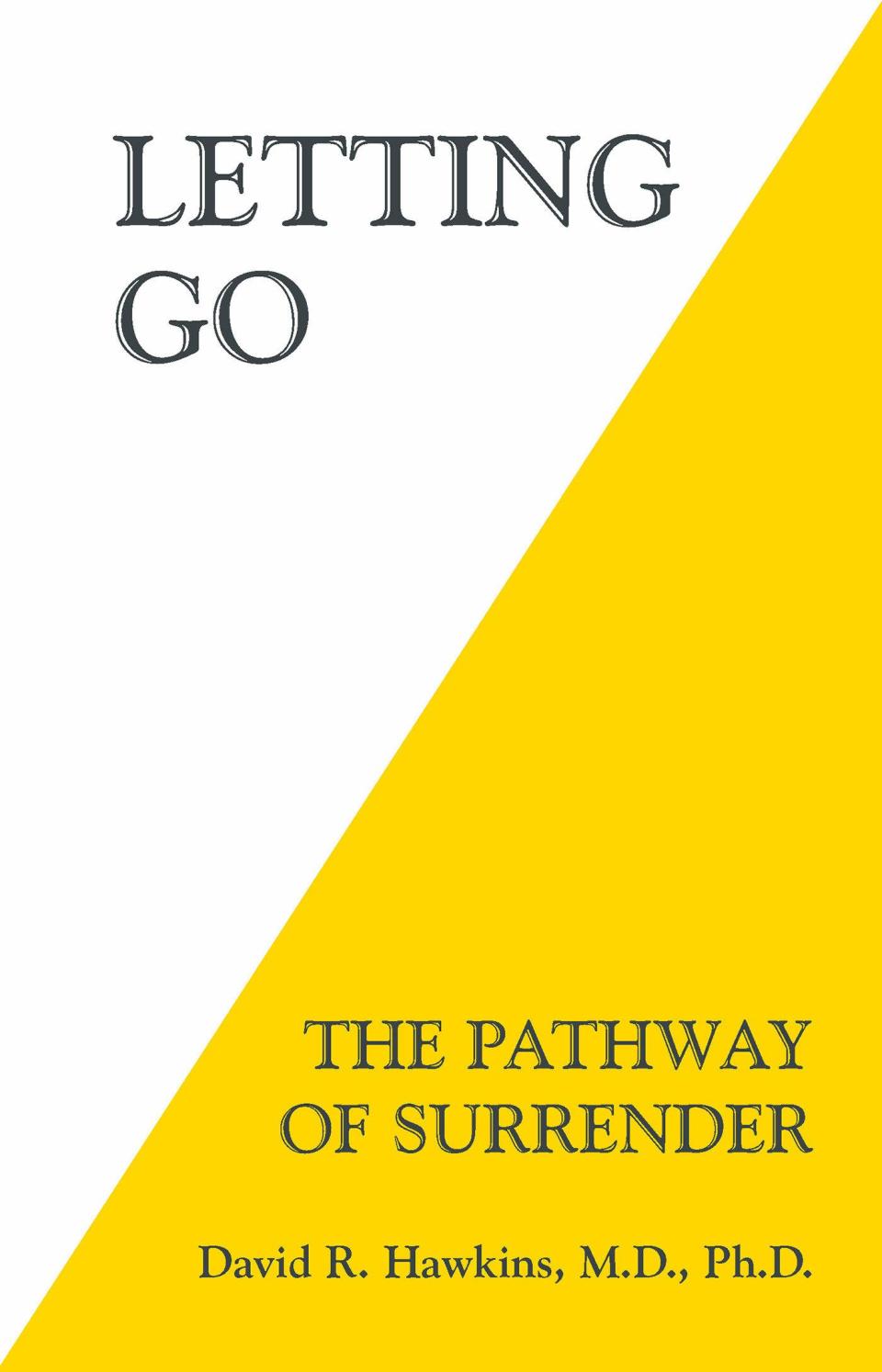
Letting Go, by David R. Hawkins
$12.99
amazon.com
AmazonHeartbreak, by Florence Williams
Florence Williams is a science journalist—and when her husband of 30 years, whom she met her first week of college, announced he was leaving her in search of a soulmate, she decided she needed to study herself. After all, she had never experienced heartbreak and was stunned by the devastation and desolation it wreaked on her emotional life and her physical health. Unmoored, she sets out to find answers from leading researchers in connection, love, grief, and loneliness about what’s happening to her, so she can begin to put herself together again. Like Cheryl Strayed, she also sets out on a dangerous solo excursion—this one by whitewater—to leave her old, damaged self behind and emerge from the adventure anew. As part of this journey, she recognizes she has to let her husband go. As she writes, “I found myself resisting saying goodbye to the marriage, to him, to the life I’d enjoyed. I opened a notebook. I made a list of all the things I loved about him, and then I wrote down all the things I didn’t love about him. What I admired: his apparent ease, his sunniness, his competence, his enthusiasm for adventure. I loved our family unit, that these kind, tall, lanky humans were all my people, and I loved the happy delusion—such a delusion—that we were surrounded by a special force field of safety and fine weather. What I didn’t admire: I won’t enumerate his failings here except to say the biggest—the one I didn’t miss at all—was his ability to make me feel that I wasn’t quite worthy of him. That was bad enough, but the bigger problem was that I had started believing it. And as long as I still believed it, the worse my life looked alone.” In this grand adventure-meets-well-researched-escapade, Williams rediscovers herself, and it’s a pleasure to be along for the ride.
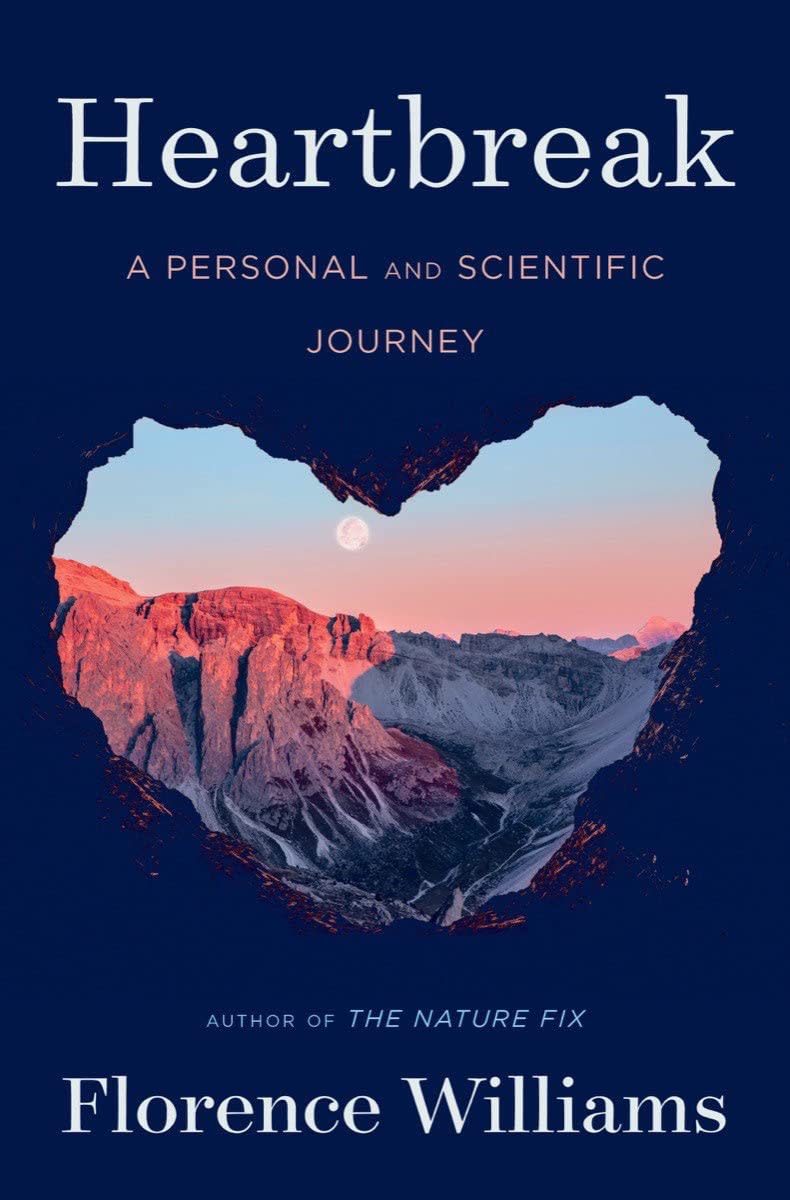
Heartbreak, by Florence Williams
$15.76
amazon.com
AmazonBroken Open, by Elizabeth Lesser
Written in the aftermath of her divorce, Elizabeth Lesser’s stunning memoir is a treatise on what it looks like to take a fractured life and knit it back together in a way that it is alternately revelatory and relatable. While Broken Open is Lesser’s story in some ways, the components of memoir are really just a way into a profound conversation about all types of loss—she writes of her own, but also tells the stories of so many others, woven together into a tapestry that blends ancient philosophy and modern psychology. As she writes, “Adversity is a natural part of being human. It is the height of arrogance to prescribe a moral code or health regime or spiritual practice as an amulet to keep things from falling apart. Things do fall apart. It is in their nature to do so. When we try to protect ourselves from the inevitability of change, we are not listening to the soul. We are listening to our fear of life and death, our lack of faith, our smaller ego’s will to prevail. To listen to the soul is to stop fighting with life—to stop fighting when things fall apart; when they don’t go our way, when we get sick, when we are betrayed or mistreated or misunderstood. To listen to the soul is to slow down, to feel deeply, to see ourselves clearly, to surrender to discomfort and uncertainty, and to wait.”
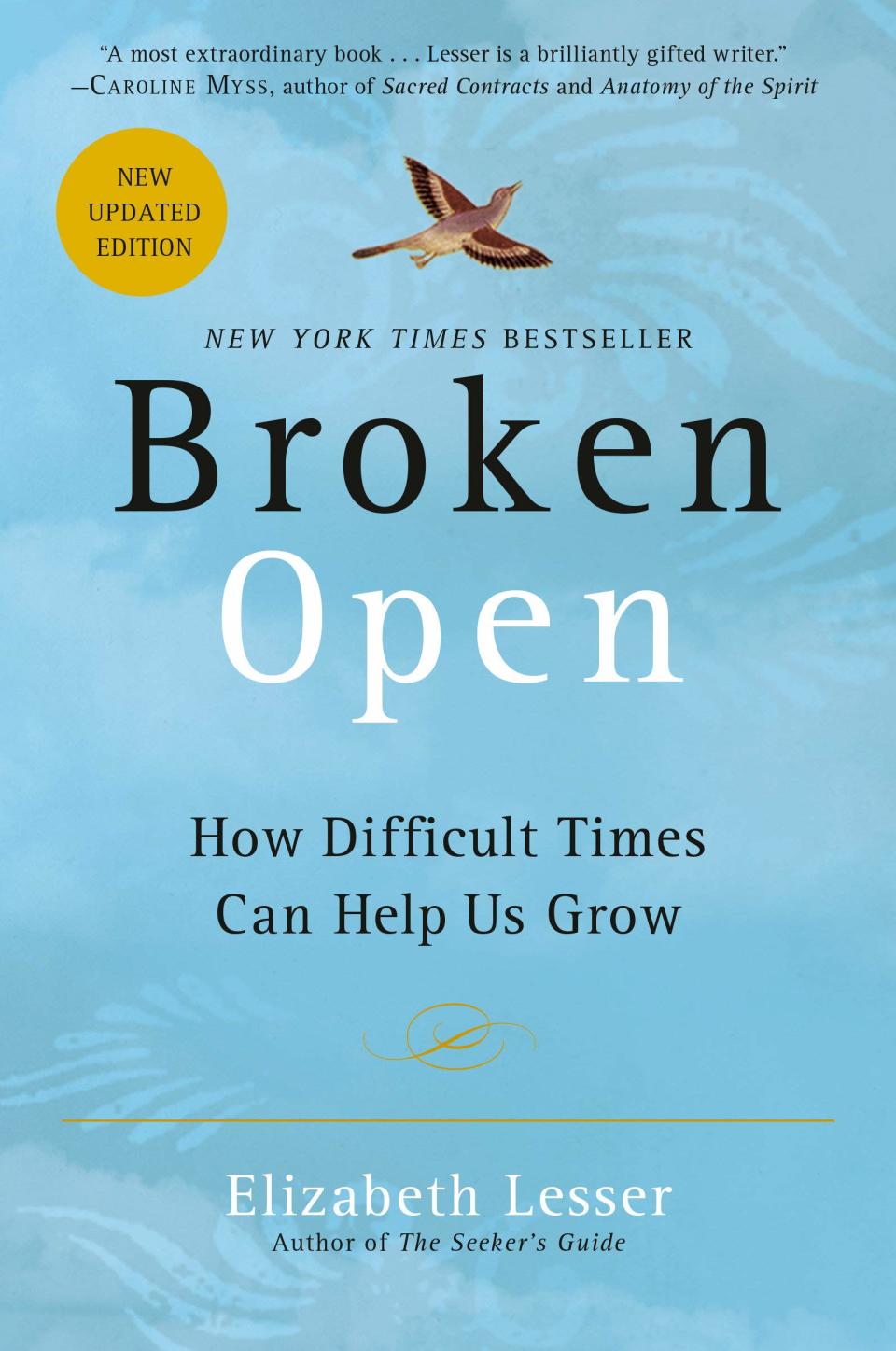
Broken Open, by Elizabeth Lesser
$14.95
amazon.com
AmazonLoving What Is, by Byron Katie
Those who are new to Byron Katie, and what she calls “The Work,” might find her approach initially shocking, because the primary thesis is that we are most persecuted not by what happened to us, but by our thoughts about what happened to us. The intent is not to negate the real harm caused by others, it’s simply the acknowledgment that staying attached to feelings of victimhood, or bad feelings at all, only amplifies their affect on our lives over time. In Katie’s view, this is a type of internalized torture, completely distinct from external ideas of justice. As she explains, “As long as you think that the cause of your problem is ‘out there’—as long as you think that anyone or anything else is responsible for your suffering—the situation is hopeless. It means that you are forever in the role of the victim, that you’re suffering in paradise. So bring the truth home to yourself and begin to set yourself free.” Byron offers a process of introspection, which she outlines at length in her book and her workshops, where you examine a belief, asking, in short, how you can absolutely know it’s true? The statement could be something like “My husband never loved me,” or “I’ll never have a successful relationship,” but when you work it through Katie’s process, you’ll likely end up with the opposite—and most surprisingly, you’ll believe it.
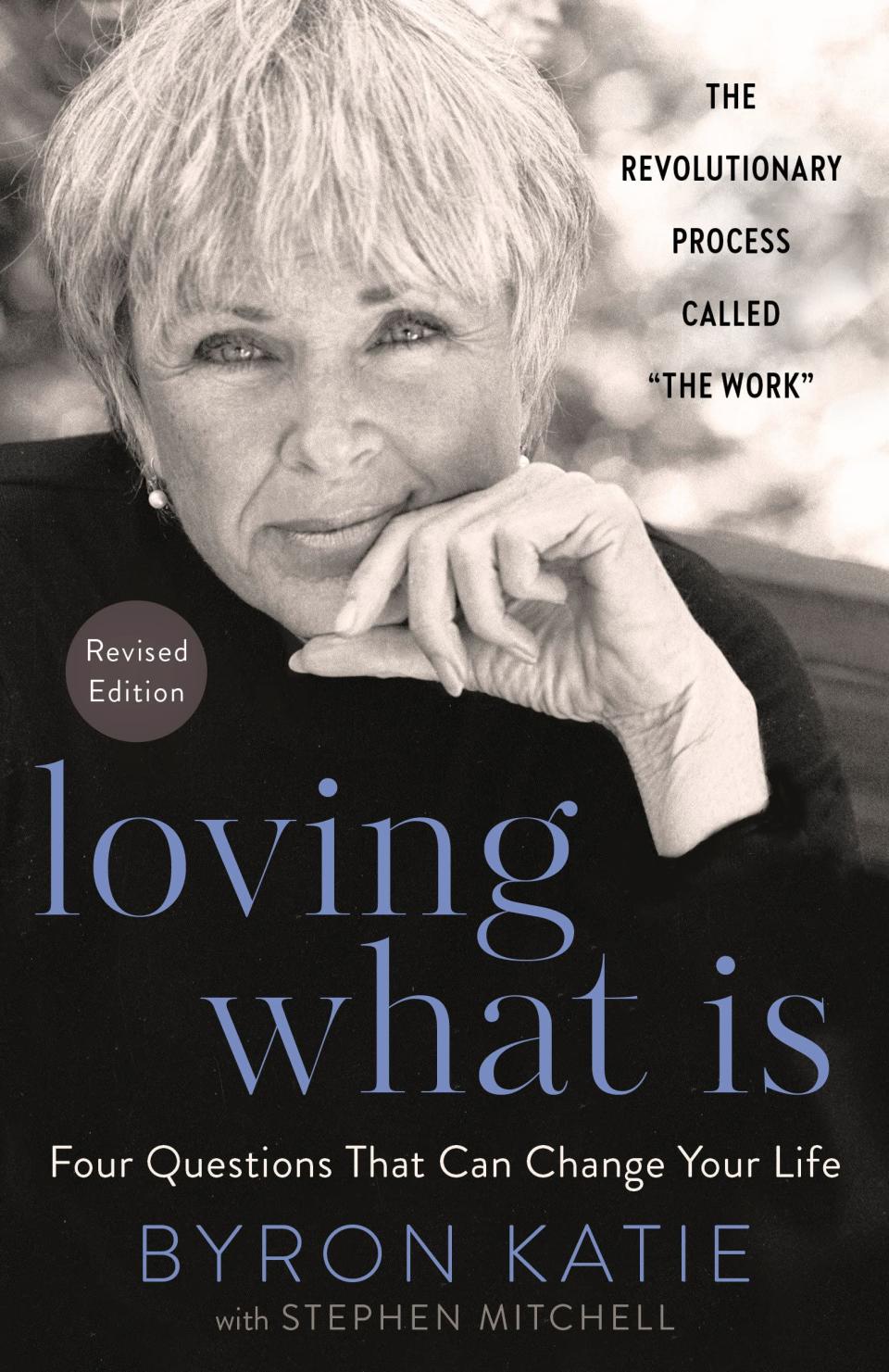
Loving What Is, by Byron Katie
$14.59
amazon.com
AmazonHigh Conflict, by Amanda Ripley
Investigative journalist Amanda Ripley has spent her career in high-conflict zones, whether it’s war-torn countries or classrooms. And in her latest offering, she wanted to understand what’s underneath these intractable situations, and whether conflict at times can be good. While this book is not officially about the demise of marital relationships, Ripley spends a lot of time with Gary Friedman, who pioneered the idea of divorce mediation. In his experience, conflict can be a “trap,” which he likens to the La Brea Tar Pits. As she writes, “[Conflict] draws us in, appealing to all kinds of normal and understandable needs and desires. But once we enter, we find we can’t get out. The more we flail about, braying for help, the worse the situation gets. More and more of us get pulled into the muck, without even realizing how much worse we are making our own lives. That’s the main difference between high conflict and good conflict. It’s not usually a function of the subject of the conflict. Nor is it about the yelling or the emotion. It’s about the stagnation. In healthy conflict, there is movement. Questions get asked. Curiosity exists. There can be yelling, too. But healthy conflict leads somewhere. It feels more interesting to get to the other side than to stay in it. In high conflict, the conflict is the destination. There’s nowhere else to go.” In Friedman’s experience, divorcing couples would find themselves fighting about ridiculous things, like the custody of Legos, simply because they couldn’t slow themselves down. In mediation, Friedman practices “looping,” ensuring that every partner feels completely heard and understood—and asks two critical questions that all of us could benefit from thinking through before entering high-conflict situations: 1. “What would it be like if you got what you wanted here?” 2. “What do you want your opponent to understand about you? What do you want to understand about them?” As Ripley recounts throughout the book, most people find themselves stranded in conflict, unsure of how to get back to stable ground—if we practice, though, we can help each other to shore.
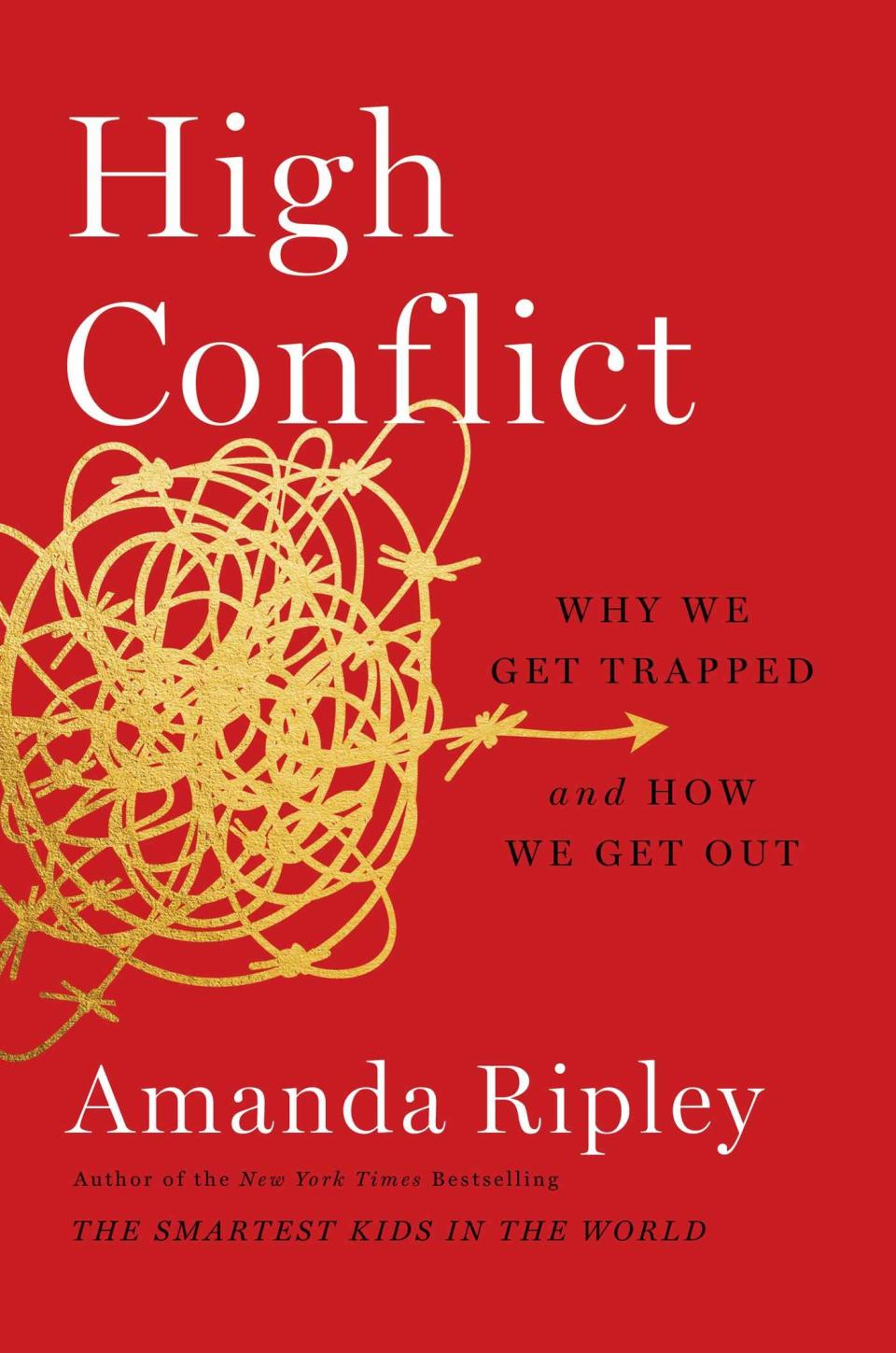
High Conflict, by Amanda Ripley
$22.90
amazon.com
AmazonWhen Things Fall Apart, by Pema Chödrön
Pema Chödrön is always a good idea, particularly when things feel shaky, hard, or untenable. When Things Fall Apart is a classic for all the reasons its title suggests: It’s a balm for change, offering wise and stable Buddhist precepts for contextualizing your experience and understanding that you’re walking a path many have walked before you. Her advice on loneliness—an understandable feared state that marks the dissolution of all relationships—is particularly wise and trenchant. Chödrön writes, “Usually we regard loneliness as an enemy. Heartache is not something we choose to invite in. It’s restless and pregnant and hot with the desire to escape and find something or someone to keep us company. When we can rest in the middle, we begin to have a nonthreatening relationship with loneliness, a relaxing and cooling loneliness that completely turns our usual fearful patterns upside down. There are six ways of describing this kind of cool loneliness. They are: less desire, contentment, avoiding unnecessary activity, complete discipline, not wandering in the world of desire, and not seeking security from one’s discursive thoughts. Less desire is the willingness to be lonely without resolution when everything in us yearns for something to cheer us up and change our mood. Practicing this kind of loneliness is a way of sowing seeds so that fundamental restlessness decreases.” Nothing in this book is a quick fix—but it is a treatise in getting good at change, at learning to roll with life rather than fight it. And those are valuable lessons for us all to learn.
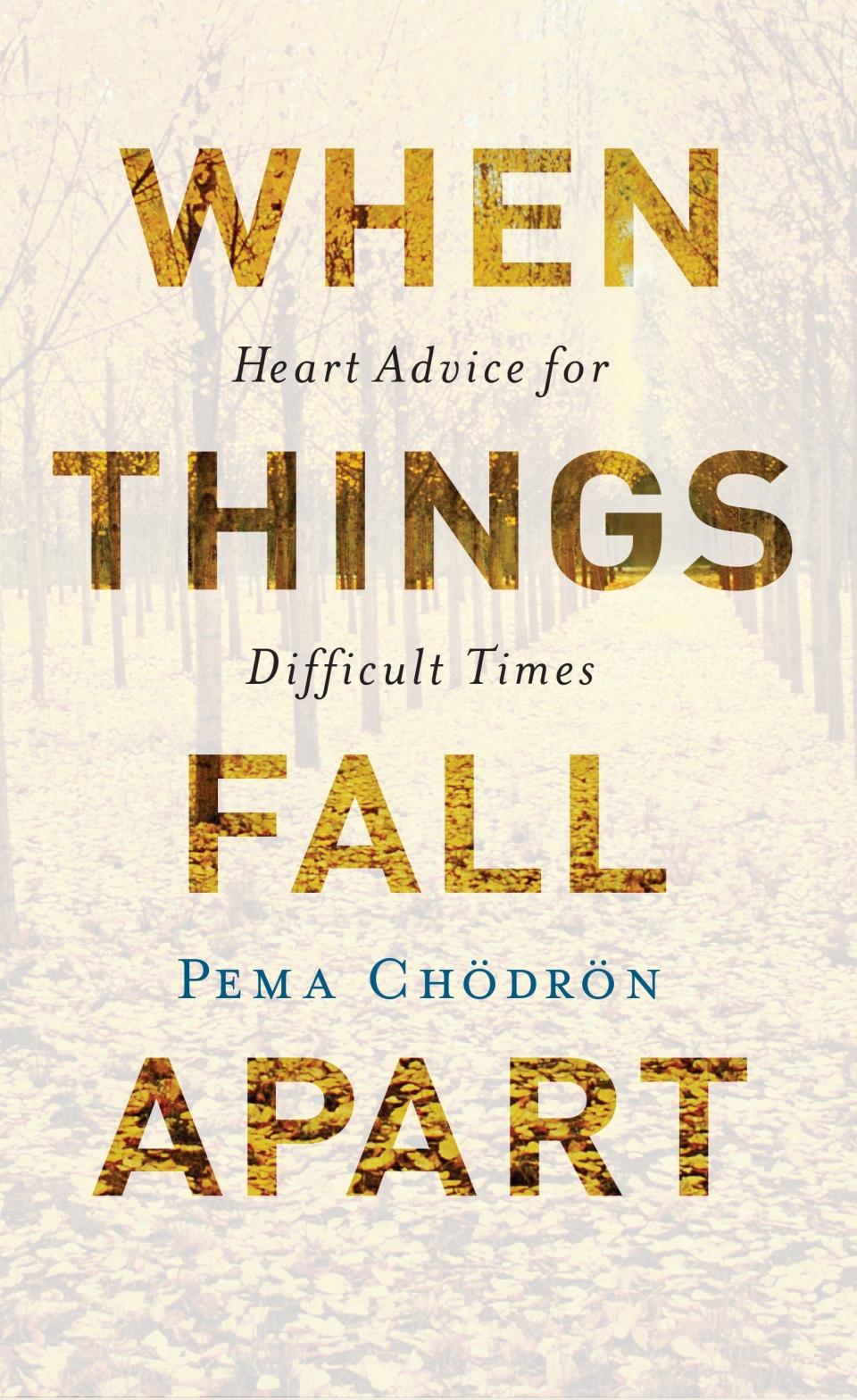
When Things Fall Apart, by Pema Chödrön
$13.31
amazon.com
AmazonYou Might Also Like

